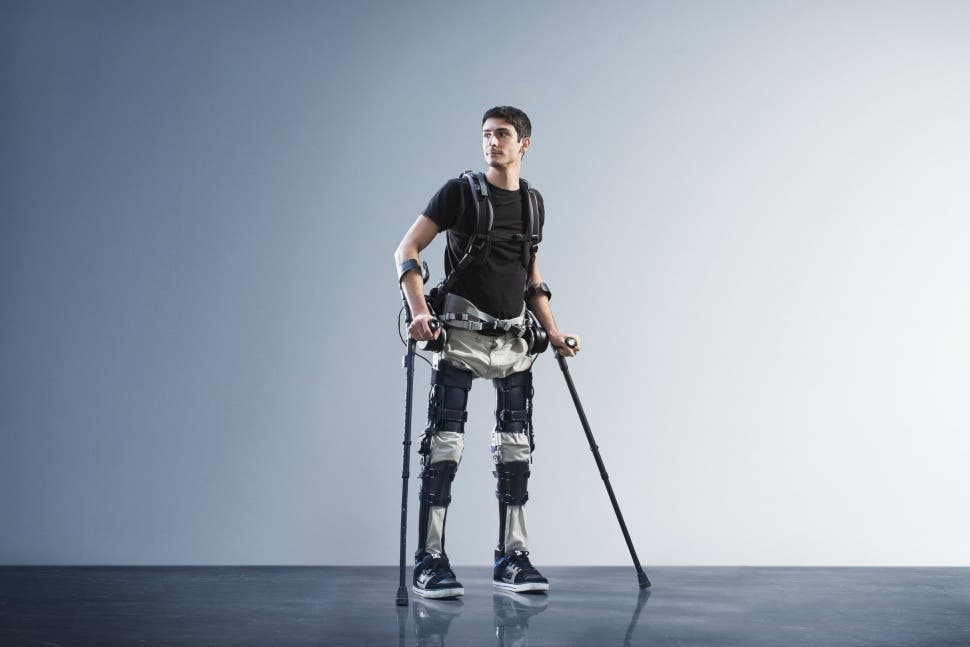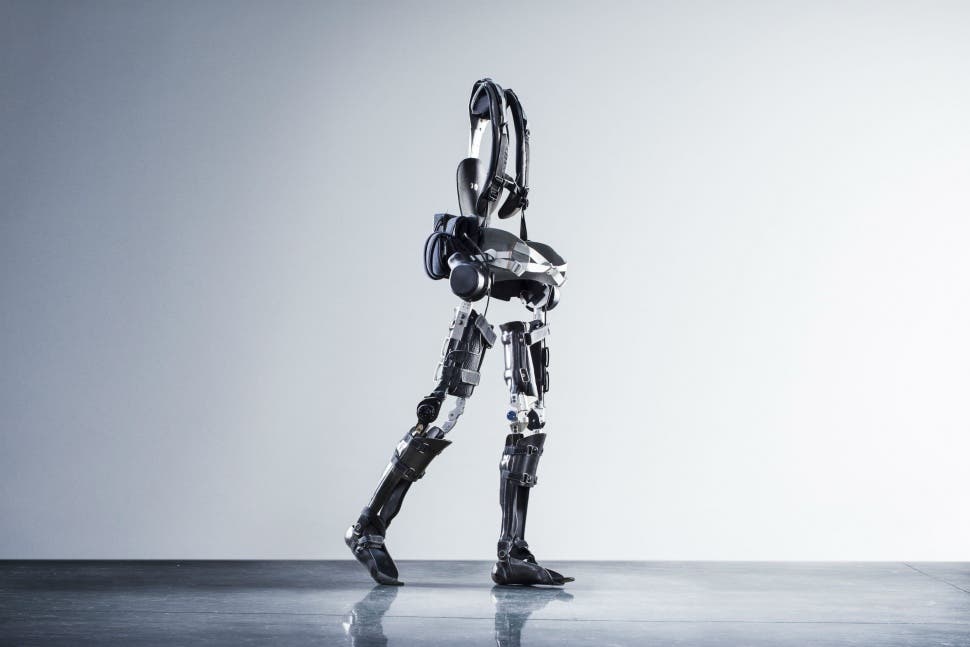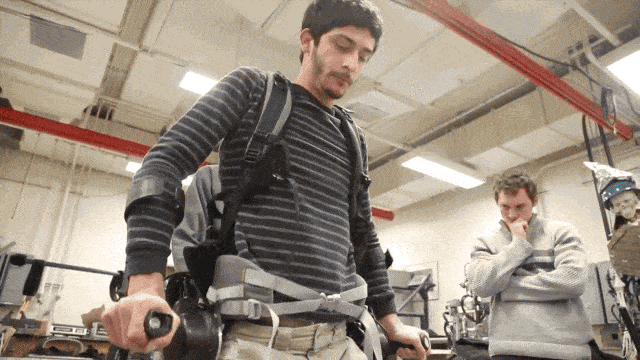“Unless you’ve been in a wheelchair, it’s very difficult to see all the various small details – what a person would actually need within an exoframe,” said one Phoenix exoskeleton user. Developed by California robotics startup SuitX, this exoskeleton is the lightest on the market today. It’s aim is to eventually become so cheap, durable and practical that it will make the wheelchair obsolete and the lives of millions of paraplegics a lot less daunting.
Like any other exoskeleton, the Phoenix is a robotic frame that augments and enhances the wearer’s movements. Ekso suits, for instance, were developed for DARPA to help soldiers carry more weight. Similarly, the Berkeley Lower Extremity Exoskeleton (BLEEX) is a self-powered exoskeleton for strength and endurance enhancement of humans that is ergonomic, highly maneuverable, mechanically robust, lightweight and durable. While there are also many exoskeleton aimed to help those paralyzed from the waist down walk again on their own (robot-assisted) feet, the Phoenix shines on its own.
Phoenix only weights 27 pounds, or half as much as the closest competitor. To power the movements, a motor was placed on each hip while simple hinges lock the knees instead of powered actuators. The user needs to use crutches to stabilize the system, which might seem like the a drag — for now, the other alternative is a wheelchair.
The batteries can last for four hours of continuous walking or eight of intermittent use.
“We started SuitX out of our passion to develop low-cost consumer bionic products to improve the quality of life for people around the world,” creator Dr. Homayoon Kazerooni said in a statement. “We have tackled problems associated with design, human machine interface (HMI), actuation, power management, and control during the development of our medical exoskeletons. We designed the Phoenix to be accessible and versatile so that it can be used by children.”
Phoenix is also very versatile thanks to its modular design. While other exoskeletons are geared towards people with disabilities in both legs, SuitX’s Pheonix can be tailored for a tall person who only needs assistance for one knee, for instance. Gait parameters can be fine tuned via a smartphone app.
The exoskeleton will go on sale next month for $40,000. At this price, seems like wheelchair manufacturers won’t go bankrupt too soon. It’s still a lot cheaper than other options (ranging from $70,000-$100,000) and it might get a lot cheaper as people order more, or if there’s interest to subsidize the machinery.
“My idea and philosophy is less is more,” Kazerooni told Fast Company. “We want to give a minimal amount to the user to be independent. We’re not saying this is a complete [mobility] machine, but if we come up with something that’s robust and simple—walks, stops, sits, and stands—that’s hugely enabling!”












